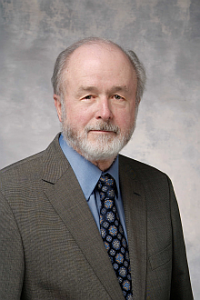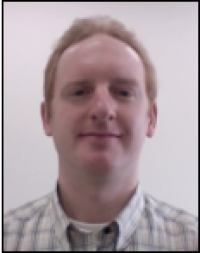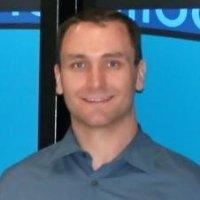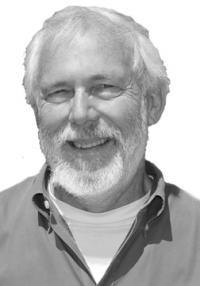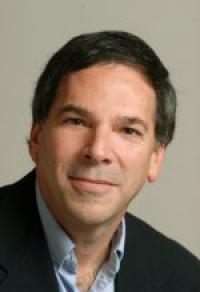Fall 2014 Colloquium Series
Global Problems and Global Solutions
SPEAKER: DR. JOHN GILLELAND CEO OF TERRAPOWER, LLC. DATE/TIME: MON, 10/13/2014 – 4:00PM TO 5:00PM LOCATION: 3105 ETCHEVERRY HALL Fall 2014 Colloquium Series Abstract: John will talk about the conditions needed for starting and then controlling international development programs. Examples are the traveling wave reactor development program, Archimedes Filter development, ITER, and the US-Japan Collaboration on DIII/DIIID. Similarities…
Read MoreAN INSIDER VIEW ON SCIENTIFIC PUBLISHING
SPEAKER: DR. BAPTISTE GAULT JOURNAL PUBLISHER, MATERIALS SCIENCE, ELSEVIER LTD. DATE/TIME: MON, 10/06/2014 – 4:00PM TO 5:00PM LOCATION: 3105 ETCHEVERRY HALL Fall 2014 Colloquium Series Abstract: Elsevier is the world-leading scientific publishing company, with almost 25% market share across most fields within science, technology and medicine. Although researchers interact with the publishing industry on a daily basis, when…
Read MoreUse of burn-up, initial enrichment, cooling time in the characterization of used nuclear fuel assemblies by nondestructive assay
SPEAKER: ALAN MICHAEL BOLIND, PH.D. DEPARTMENT OF NUCLEAR ENGINEERING – UNIVERSITY OF CALIFORNIA, BERKELEY DATE/TIME: MON, 09/29/2014 – 4:00PM TO 5:00PM LOCATION: 3105 ETCHEVERRY HALL Fall 2014 Colloquium Series Abstract: This presentation will explain why the burnup, initial enrichment, and cooling time of a used fuel assembly – collectively called the BIC set of variables – characterize it…
Read MoreA Review of Pellet-Clad Interaction Research
SPEAKER: DR. MARKUS H.A. PIRO RESEARCH SCIENTIST & ADJUNCT PROFESSOR REACTOR SAFETY DIVISION & DEPARTMENT OF CHEMISTRY AND CHEMICAL ENGINEERING CHALK RIVER LABORATORIES & ROYAL MILITARY COLLEGE OF CANADA DATE/TIME: MON, 09/22/2014 – 4:00PM TO 5:00PM LOCATION: 3105 ETCHEVERRY HALL Fall 2014 Colloquium Series Abstract: Pellet-Clad Interaction (PCI) in zirconium alloy cladding has been a long-standing concern in…
Read MoreCan Life Exist in a Nuclear Free Zone?: Science and Politics on the Berkeley City Council
SPEAKER: GORDON WOZNIAK, PH.D. BERKELEY CITY COUNCIL- DISTRICT 8 DATE/TIME: MON, 09/15/2014 – 4:00PM TO 5:00PM LOCATION: 3105 ETCHEVERRY HALL Spring 2014 Colloquium Series Abstract: After spending more than three decades trying to understand the physics of the nucleus, I plunged into Berkeley politics. My career as an experimental scientist, where I worked many owl shifts at temperamental…
Read MoreWhat is That Little Dark Spec in the Box? – Nuclear Forensics of EH&S Sample S338
SPEAKER: ERIC B. NORMAN, PH.D. PROFESSOR DEPARTMENT OF NUCLEAR ENGINEERING UNIVERSITY OF CALIFORNIA, BERKELEY DATE/TIME: MON, 09/08/2014 – 4:00PM TO 5:00PM LOCATION: 3105 ETCHEVERRY HALL Fall 2014 Colloquium Series Abstract: The Department of Nuclear Engineering at the University of California, Berkeley has been trying to solve a mystery. This talk will cover the process of the “investigation” and…
Read More